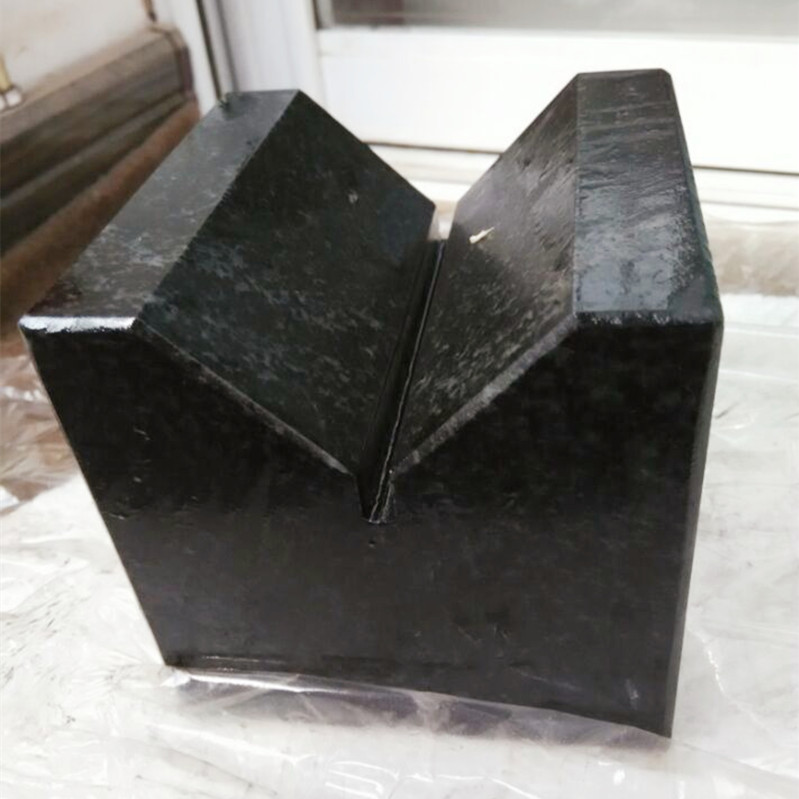നവം . 15, 2024 10:55 Back to list
internal bore gauge
Understanding Internal Bore Gauges A Key Tool in Precision Measurement
In the world of manufacturing and engineering, precision is paramount. Components must be manufactured to exact specifications to ensure they function correctly within assemblies. One of the indispensable tools used to achieve such precision is the internal bore gauge. This article explores what internal bore gauges are, their significance in various applications, how to use them effectively, and some of the common types available.
What is an Internal Bore Gauge?
An internal bore gauge is a specialized measuring instrument designed to measure the internal diameters of holes and cylindrical objects with high accuracy. Unlike standard calipers or micrometers, which primarily assess external dimensions, internal bore gauges provide precise measurements of internal cavities, such as those found in pipes, cylinders, and other hollow components. This capability is essential in industries such as automotive, aerospace, and manufacturing, where the functionality of parts often depends on the accuracy of their internal dimensions.
Importance of Internal Bore Gauges
The significance of internal bore gauges cannot be overstated. In many engineering applications, the internal diameter of a component could affect how well it fits with other parts, impacts fluid flow, or dictates overall strength and performance. For instance, in the automotive industry, the accuracy of the bore dimensions in engine cylinders is critical for optimal engine performance and efficiency. Using an internal bore gauge helps prevent assembly issues, reduces the likelihood of operational problems, and ensures that components meet regulatory and safety standards.
Moreover, internal bore gauges facilitate quality control processes in manufacturing. Ensuring that parts remain within specified tolerances can help manufacturers avoid costly rework and scrap, ultimately leading to improved product quality and customer satisfaction.
How to Use an Internal Bore Gauge
Using an internal bore gauge involves several steps
1. Preparation Begin by ensuring that the gauge is clean and calibrated. Any dirt or damage can lead to inaccurate measurements.
2. Insertion Carefully insert the gauge into the bore that is to be measured. It's vital to ensure that the gauge is centered to obtain an accurate reading.
3. Adjustment Many internal bore gauges have a dial or digital readout that needs to be adjusted during measurement. As the gauge expands, it contacts the sides of the bore—take care not to apply excessive force.
internal bore gauge

4. Measurement Once the gauge is correctly positioned, take the reading from the dial or digital display. It is often advisable to take multiple measurements at different positions within the bore to account for any variations.
5. Analysis Compare the measurement against the specifications provided for the part. This analysis will determine if the component is within acceptable tolerances.
6. Documentation For quality control purposes, record the measurements for future reference.
Types of Internal Bore Gauges
Internal bore gauges come in various types, each suitable for different applications
1. Dial Bore Gauges These utilize a dial indicator to display measurements. They are intuitive and easy to read, making them a popular choice for many users.
2. Digital Bore Gauges These modern alternatives provide readouts on a digital display, often with higher precision and additional functionalities such as data storage and output.
3. Tapered Bore Gauges Designed for specific applications, tapered gauges can measure irregularly shaped holes.
4. Spring-Loaded Bore Gauges These gauges are sensitive and can automatically adjust to the bore's diameter, yielding precise measurements.
Conclusion
Internal bore gauges are essential instruments in precision measurement, giving engineers and manufacturers the ability to ensure that components meet stringent dimensional requirements. Understanding their operation and the various types available can significantly enhance measurement accuracy and contribute to the overall quality of manufacturing processes. Whether in automotive, aerospace, or any other precision-driven industry, internal bore gauges play a pivotal role in maintaining standards and achieving excellence. As the demand for precision continues to rise, so will the importance of mastering tools like the internal bore gauge.
-
Surface Plate Maintenance Best Practices for LongevityNewsJun.27,2025
-
Historical Evolution of Iron Surface Plates in Industrial MetrologyNewsJun.27,2025
-
Cast Iron Y Strainer Safety StandardsNewsJun.27,2025
-
Blockchain Verification for Gauge Tool Certification IntegrityNewsJun.27,2025
-
Advantages of Triple Offset Butterfly Valve Types in High-Pressure SystemsNewsJun.27,2025
-
Wear Resistance Strategies for Trapezoidal ThreadsNewsJun.26,2025
Related PRODUCTS









